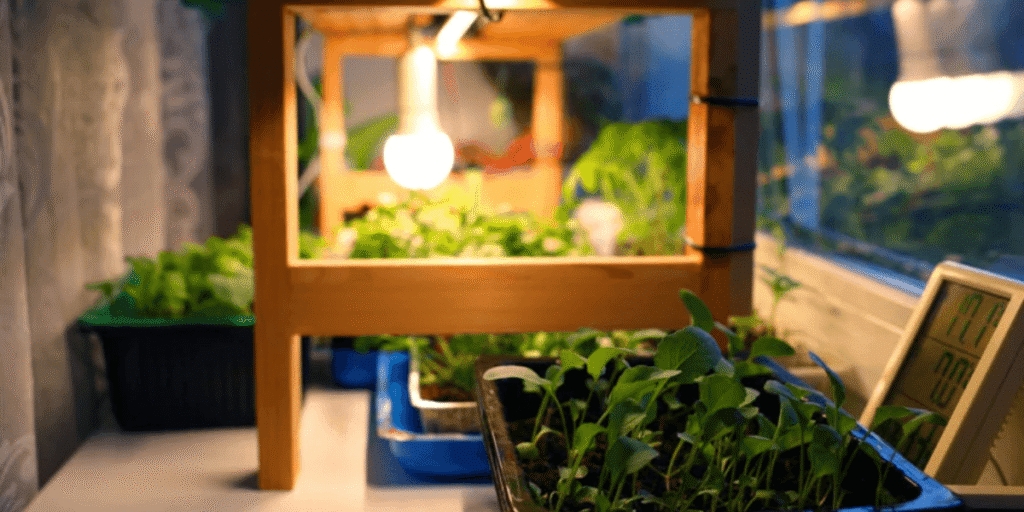Growing Herbs in Hydroponics lets you enjoy the luxury of picking fresh basil right from your kitchen while cooking, or adding a few freshly harvested mint leaves to your tea. This method makes growing flavorful, pesticide-free herbs easy and accessible all year round.
Growing herbs hydroponically is also a highly rewarding hobby. For beginners, herbs are the perfect starting point because they grow quickly, adapt easily, and provide almost immediate satisfaction. In this blog, we introduce the ten best herbs for hydroponic cultivation and share practical care tips to help you start your hydroponic journey with confidence.
The Joy and Benefits of Growing Herbs in Hydroponics
Imagine walking into your kitchen every morning and picking a handful of fresh basil or mint from your own little hydroponic garden, ready to add directly to salads, pasta, or tea. Growing herbs hydroponically makes this simple pleasure possible.
Hydroponic herbs don’t need soil—they absorb nutrients straight from the water, which means they grow faster and stay clean. Without the mess of dirt, the whole process is simple, tidy, and perfect for indoor spaces.
One of the best things about hydroponic herbs is that they can be harvested year-round. Whether it’s the heat of summer or the chill of winter, your indoor garden provides a touch of green and a fresh aroma no matter the season.
Hydroponic herbs are also healthier and safer. With no soil, the risk of pests and diseases is lower, and there’s no need for pesticides or chemical sprays, so you can enjoy truly fresh and clean herbs.
Space is no longer a limitation. A compact hydroponic system fits on a kitchen counter, windowsill, or even a small balcony corner. A few vibrant leaves swaying in the sunlight instantly brighten up your home while providing practical use.
Caring for them is simple and rewarding. Just keep the nutrient solution topped up and ensure the roots stay moist, and you’ll watch your herbs thrive. Snip a few leaves each day, and you’ll enjoy the satisfaction of harvest while encouraging new growth.
For beginners, basil, mint, chives, and parsley are perfect choices. They are hardy, fast-growing, and adapt well to indoor hydroponic systems, making them ideal for anyone trying home hydroponics for the first time.
10 Beginner-Friendly Herbs for Indoor Hydroponic Gardens
Here are ten herbs that are ideal for anyone starting with hydroponics, along with easy-to-follow tips on planting and caring for each one.
1. How to Grow Basil Successfully in a Hydroponic System
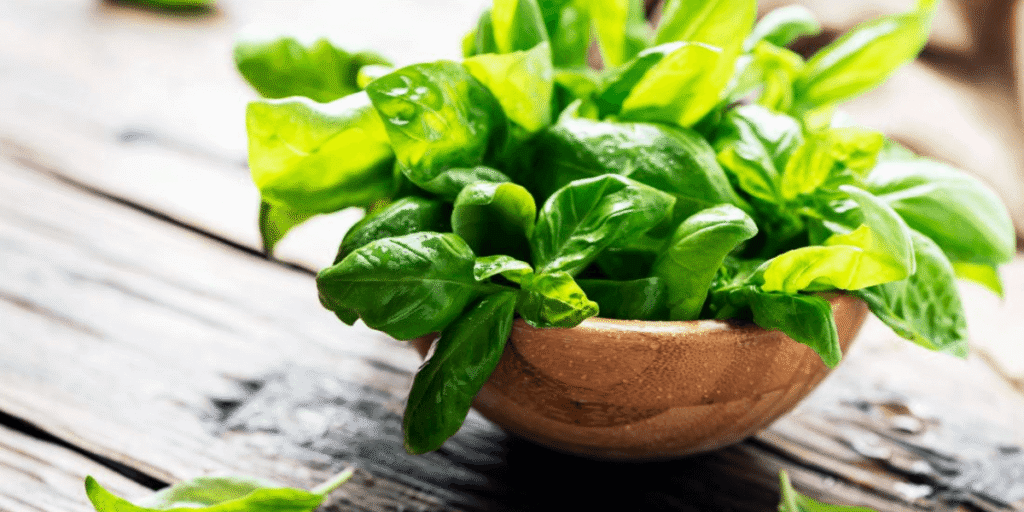
Basil has a sweet, slightly spicy aroma with subtle notes of clove and pepper. It’s a kitchen favorite, especially in Italian dishes like pasta, salads, and fresh pesto. Growing your own basil at home adds not only vibrant flavor to meals but also the satisfaction of harvesting fresh herbs straight from your hydroponic system.
This herb grows quickly and produces plenty of leaves, making it perfect for beginners. To encourage bushier growth, pinch off the top two leaves once the plant reaches about 15 to 20 centimeters tall. When harvesting, take leaves from the top and leave the lower ones so new growth can continue.
Basil does best in a slightly acidic to neutral pH and enjoys 12 to 16 hours of light each day. Keeping an eye on nutrient levels and water quality will help ensure your basil stays tender, flavorful, and healthy.
2. Easy Tips for Growing Mint in Hydroponics at Home
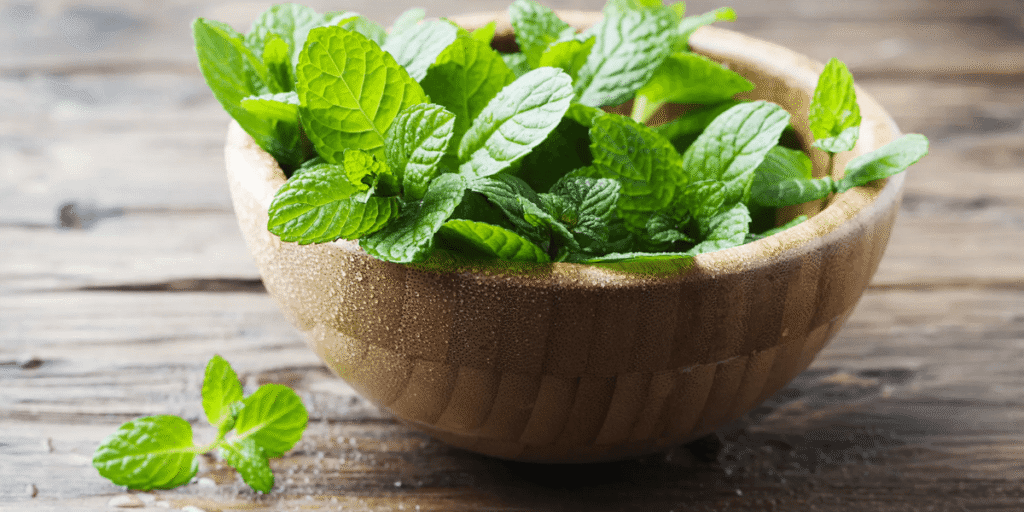
Mint has a bright, refreshing aroma that makes it a favorite for teas, desserts, and cocktails. Whether you’re adding a burst of flavor to a summer mojito or a soothing winter herbal tea, fresh mint from your own garden is hard to beat.
This fast-growing herb is very easy to grow and great for beginners. Its roots can spread quickly, so it’s best to grow mint on its own to prevent it from taking over other plants. Regular trimming keeps it bushy, compact, and maintains its strong, invigorating fragrance.
Mint thrives in slightly acidic to neutral pH and moderate temperatures. Make sure it gets 12 to 14 hours of light each day, and keep the water oxygen-rich with balanced nutrients to keep the leaves healthy, vibrant, and full of flavor.
3. Step-by-Step Guide to Cultivating Thyme Hydroponically
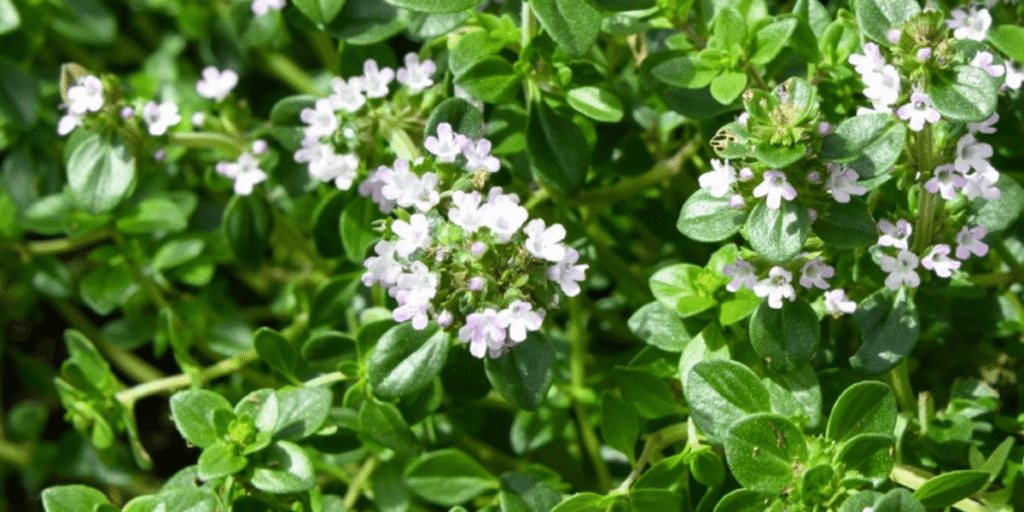
Thyme brings a subtle, earthy aroma with woody hints that works wonderfully in roasted meats, soups, and a wide range of savory dishes. Its flavor is pronounced but not overwhelming, making it a versatile addition to your cooking.
Although it develops more slowly than some other plants, thyme is steady and easy to manage, which makes it beginner-friendly. Trimming the tops of the stems regularly keeps it compact and encourages fresh shoots to appear.
This plant thrives in neutral to slightly acidic conditions and enjoys 12 to 16 hours of light each day. It doesn’t require rich nutrients or constant attention, so it’s perfect for anyone starting a small indoor garden.
4. Practical Advice for Healthy Hydroponic Oregano Growth
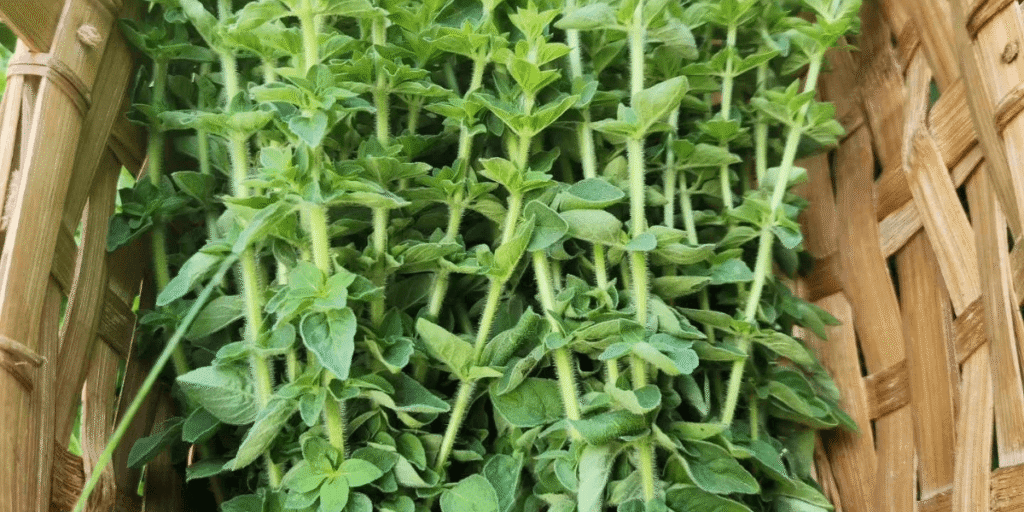
Oregano has a bold, peppery scent and adds a classic touch to pizzas, pasta sauces, and Mexican dishes. Whether you use it fresh or dried, it brings a noticeable kick of flavor to any recipe.
This plant is tough and reliable, perfect for beginners. Snipping the top branches encourages it to grow outward, resulting in a bushy, productive plant.
Oregano does well in slightly acidic to neutral conditions and enjoys 12 to 16 hours of light each day. Its hardiness and low-maintenance nature make it a great choice for growing indoors.
5. Planting and Harvesting Cilantro in Hydroponic Setups
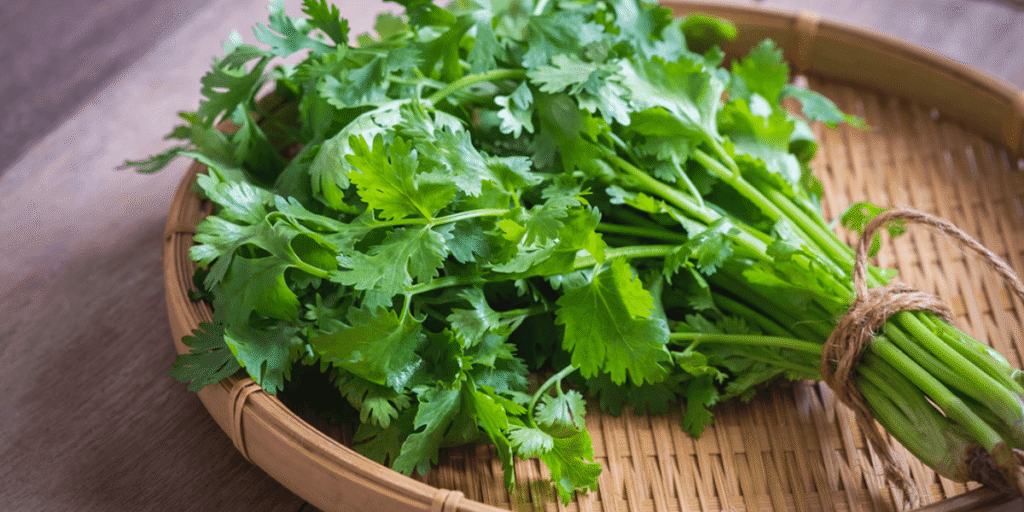
Cilantro has a bright, fresh aroma with a hint of citrus, making it a favorite in Asian dishes, salads, and salsas. A few fresh leaves can really lift the flavor of any meal.
This herb grows quickly, and you can start harvesting leaves just a few weeks after planting. Keeping the environment cool helps prevent it from flowering too soon, and regular picking encourages fresh, flavorful growth.
Cilantro does best in slightly acidic to neutral water with a pH around 6.0 to 6.7 and enjoys 12 to 14 hours of light each day. Making sure the nutrient solution is balanced and the water is well-oxygenated will keep your plants healthy and productive.
6. Achieving Robust Rosemary Growth in Indoor Hydroponics
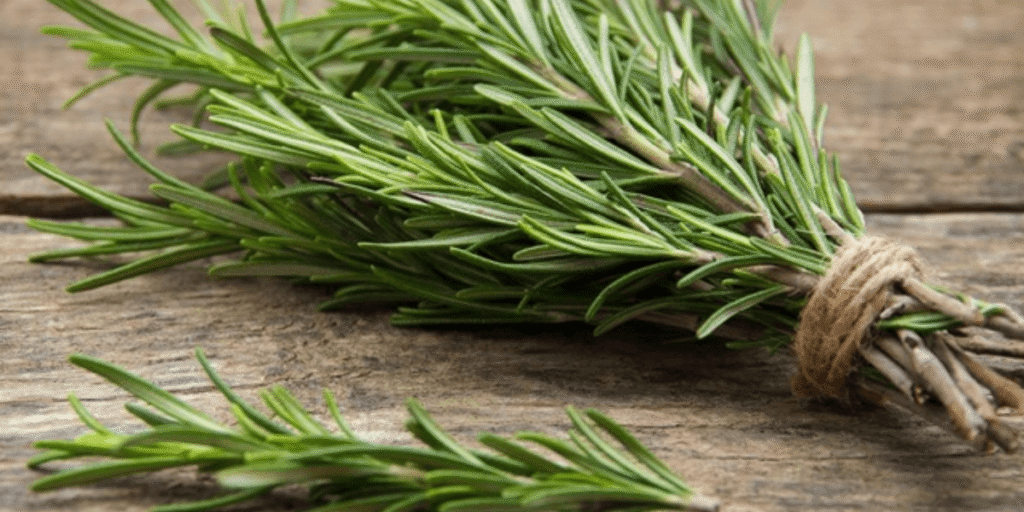
Rosemary has a distinctive pine-like, woody aroma that pairs perfectly with roasted meats, potatoes, and poultry. Its strong fragrance can elevate both simple and savory dishes.
This hardy herb grows slowly at first but becomes robust once established. To keep it healthy and well-shaped, harvest from the top or side branches, and make sure it receives plenty of light and good airflow.
Rosemary thrives in slightly acidic to neutral soil and prefers 12 to 16 hours of light each day. A well-ventilated environment and moderate nutrient levels will help it grow strong and flavorful.
7. Essential Care Tips for Parsley in Hydroponic Gardens
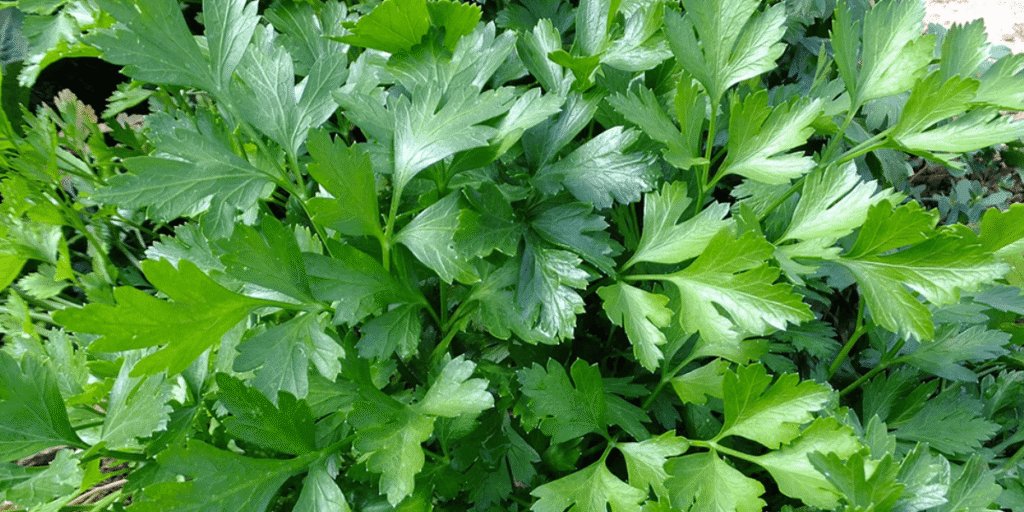
Parsley has a fresh, slightly bitter flavor that is often used to garnish or enhance dishes in Western cuisine. Its bright green leaves add both color and aroma to any meal.
This fast-growing herb can be harvested continuously. To encourage new growth, cut the entire outer stems rather than just the leaves.
Parsley grows best in slightly acidic soil with a pH between 6.0 and 6.5, and it thrives under 12 to 14 hours of light each day with moderate nutrients. Its quick growth makes it a rewarding choice for beginner gardeners.
8. Growing and Maintaining Chives in Hydroponic Systems
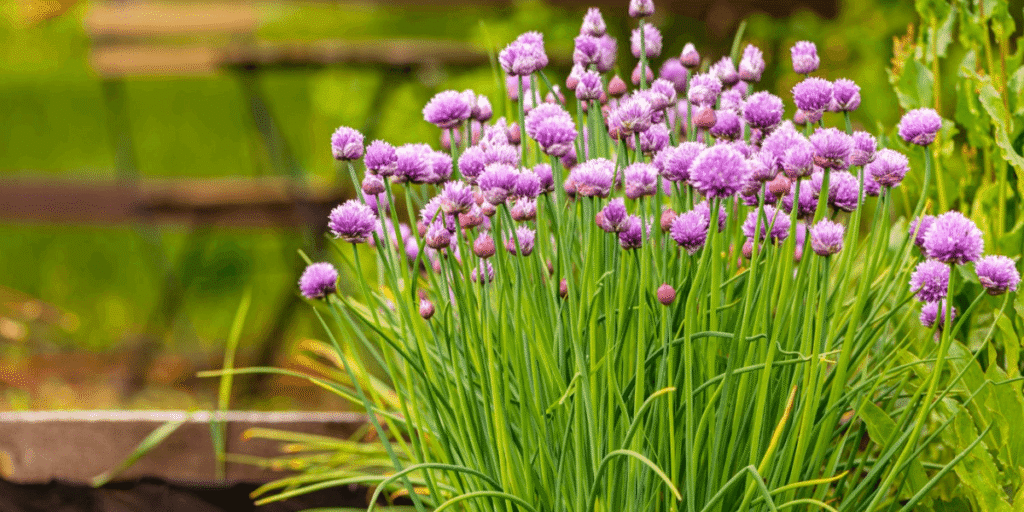
Chives have a mild, onion-like flavor that works beautifully in salads, soups, and egg dishes. Fresh chives bring a subtle, aromatic touch to any meal.
They grow quickly, going from seed to harvest in just a few weeks, and the leaves can be cut multiple times. To encourage regrowth, harvest by cutting about 5 centimeters above the base.
Chives thrive in slightly acidic conditions with 12 to 14 hours of light each day and a stable nutrient supply. Their rapid growth makes them a great choice for indoor hydroponic systems.
9. Simple Techniques for Healthy Dill in Hydroponics
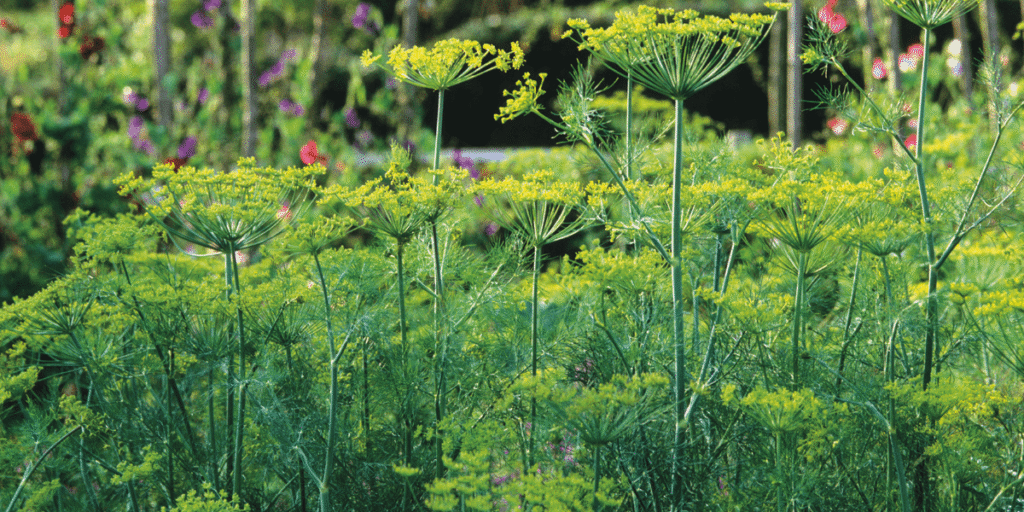
Dill has a delicate, slightly sweet flavor with a hint of anise, making it perfect for fish, pickles, and salads. Fresh dill brings a distinctive taste and aroma to any dish.
This herb grows quickly and is easy to care for. Handle the leaves gently when harvesting, and trim regularly to prevent early flowering.
Dill thrives in slightly acidic to neutral soil, with 12 to 14 hours of light each day and moderate nutrients. Its rapid growth and versatility make it a great choice for beginner gardeners.
10. How to Keep Sage Thriving in a Hydroponic Environment
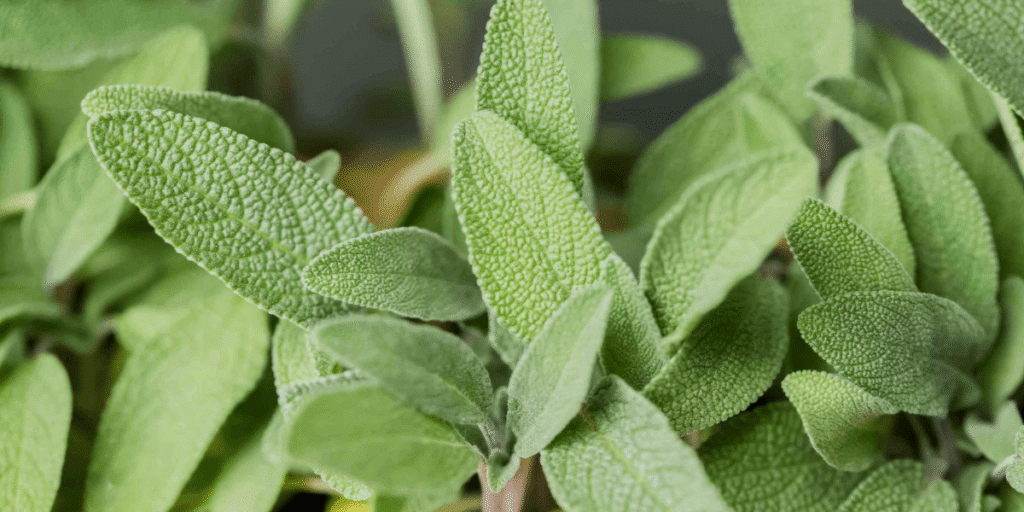
Sage has an earthy, slightly peppery aroma that pairs well with poultry, stuffing, and Italian dishes. Its bold flavor brings depth to savory meals.
This hardy herb is easy to grow. Harvest from the top to encourage bushy growth, and make sure the plant has plenty of airflow.
Sage grows best in slightly acidic to neutral soil, with 12 to 16 hours of light each day and moderate nutrients. Its resilience and low-maintenance nature make it a great addition to any hydroponic garden.
Quick Reference Table for Common Hydroponic Herbs
To help you get started quickly, here is a reference table with the recommended pH, EC, and light duration for each herb. Knowing these parameters before you begin is essential for success.
| Herb | Flavor & Uses | Recommended pH | Recommended EC (mS/cm) | Light Duration |
|---|---|---|---|---|
| Basil | Sweet and slightly spicy, ideal for pasta and salads | 5.5 – 6.5 | 1.0 – 1.6 | 12 – 16 hrs |
| Mint | Fresh and cooling, perfect for teas and desserts | 6.0 – 7.0 | 1.0 – 2.0 | 12 – 14 hrs |
| Thyme | Herbaceous and fragrant, great with meats and soups | 5.5 – 7.0 | 1.0 – 1.6 | 12 – 16 hrs |
| Oregano | Strong and pungent, used in pizza and sauces | 6.0 – 7.0 | 1.0 – 1.6 | 12 – 16 hrs |
| Cilantro | Distinctly fresh, ideal for Asian cuisine | 6.0 – 6.7 | 1.0 – 1.8 | 12 – 14 hrs |
| Rosemary | Woody and aromatic, perfect for roasting and seasoning | 6.0 – 7.0 | 1.0 – 1.6 | 12 – 16 hrs |
| Parsley | Fresh and slightly bitter, used in salads and garnishes | 6.0 – 6.5 | 1.2 – 1.8 | 12 – 14 hrs |
| Chives | Mild garlic flavor, great for eggs and salads | 6.0 – 6.5 | 1.0 – 1.6 | 12 – 14 hrs |
| Dill | Slightly sweet with an anise note, ideal for fish and pickles | 5.8 – 6.5 | 1.0 – 1.6 | 12 – 14 hrs |
| Sage | Earthy and peppery, perfect with poultry and stuffing | 6.0 – 7.0 | 1.0 – 1.6 | 12 – 16 hrs |
Choosing the Most Suitable Hydroponic System for Your Herbs
Choosing the right hydroponic system is essential for successfully growing herbs. There are several beginner-friendly options, each suited to different types of herbs. The Kratky method is a simple, passive system that doesn’t require a water pump and works well for smaller herbs such as basil, parsley, and cilantro. Deep Water Culture (DWC) keeps roots suspended in oxygen-rich nutrient solution, making it ideal for fast-growing herbs like mint, chives, and dill. The Nutrient Film Technique (NFT) provides a thin, continuous flow of nutrients to the roots, perfect for herbs such as thyme, oregano, and rosemary that thrive with steady water flow and plenty of oxygen.
Based on your space and growing goals, these hydroponic systems are recommended:
- Dutch Bucket System: Great for small to medium herb setups, easy to manage and expand.
- Vertical Sky Tower: Maximizes vertical space, allowing multiple herbs to grow together ideal for kitchens or balconies.
- NFT 108-Hole Growing Rack: Offers continuous nutrient flow for even, balanced growth.
- Mini Desktop Garden: Compact and stylish, perfect for beginners or small indoor spaces.
Understanding your herbs’ growth habits and nutrient requirements will help you select the right system and ensure your hydroponic herbs grow healthy and strong.
Step-by-Step Hydroponic Herb Garden Setup for Beginners
After selecting your hydroponic system, the next step is assembly. Start by gathering all necessary materials and tools, including a water tank or reservoir, growing containers, air pumps and tubing if needed, circulation pumps, and plant racks. To minimize the risk of contamination, clean and disinfect all components before use.
Follow the instructions to assemble the framework, secure the containers, and make sure the nutrient solution can reach every plant. Double-check that the water and air pumps are working properly. A stable and well-constructed system will support steady plant growth and reduce maintenance problems down the line.
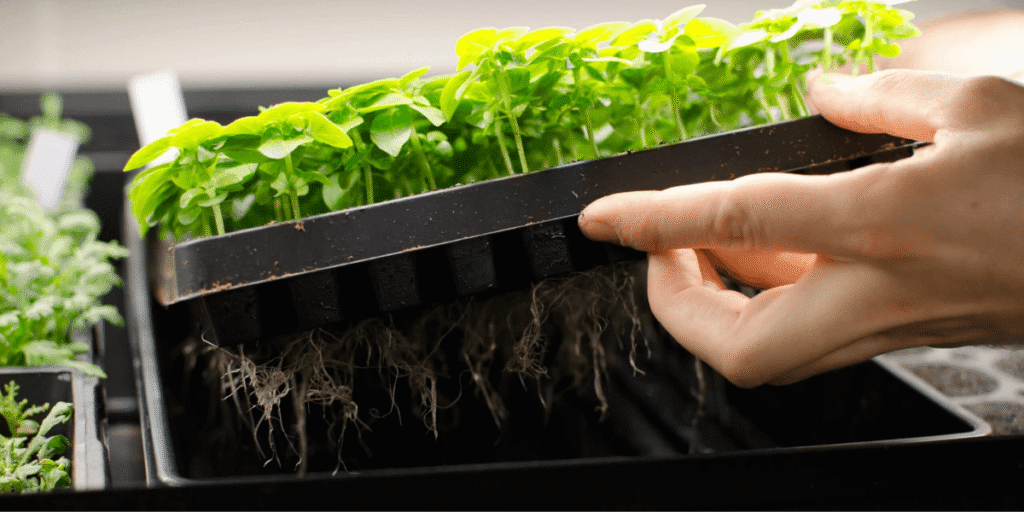
Selecting and Preparing Growing Media for Hydroponic Plants
Herbs need a growing medium that supports their roots while providing good aeration and moisture retention. Common hydroponic options include rockwool, clay pellets, and perlite. Rockwool is ideal for germinating seeds and nurturing young seedlings, while clay pellets offer excellent drainage and airflow for mature herbs.
Before use, rinse the medium thoroughly to remove dust and impurities. For rockwool, soak it in water with a balanced pH to stabilize acidity. Properly preparing the growing medium promotes healthy root development and ensures that plants can absorb nutrients evenly.
Seeding and Seedling Care in Hydroponic Gardens
When sowing seeds, gently place them at the recommended depth in the growing medium. Small herb seeds should be planted shallowly. Keep the medium consistently moist without overwatering, and maintain a suitable temperature to encourage germination.
When transplanting seedlings, carefully remove them from their original container and position the roots in the hydroponic medium or nutrient solution, making sure they have full contact with the nutrients. Provide adequate light immediately to support photosynthesis. By maintaining proper humidity, temperature, and light conditions, seeds will germinate more quickly, and seedlings will adapt smoothly to their hydroponic environment.
Managing Light, pH, and Nutrient Levels for Hydroponic Herbs
Creating the right growing environment is essential for healthy herbs. Keep the pH within the recommended range, usually slightly acidic to neutral, and check the nutrient solution’s EC regularly to avoid underfeeding or overfeeding. Provide plenty of light each day, either from natural sunlight or full-spectrum LED grow lights, and maintain a suitable temperature to encourage strong growth.
Regular pruning and leaf harvesting help promote branching and delay flowering. Observe your plants daily so you can make timely adjustments and address any issues before they become problems.
Harvesting and Maintaining Hydroponic Herb Production
Harvest your herbs when their flavor is at its peak. For leafy herbs like basil, cilantro, and parsley, pick the outer leaves first while allowing the inner leaves to continue growing. For woody herbs such as rosemary and thyme, trim carefully to maintain the plant’s shape and encourage new growth.
Regular harvesting not only provides fresh ingredients but also stimulates continued growth. To keep your hydroponic system productive over the long term, refresh or top up the nutrient solution regularly, clean system components to prevent algae and pathogens, and monitor plant health consistently. With proper care, your hydroponic herb garden can supply fresh, aromatic herbs year-round.
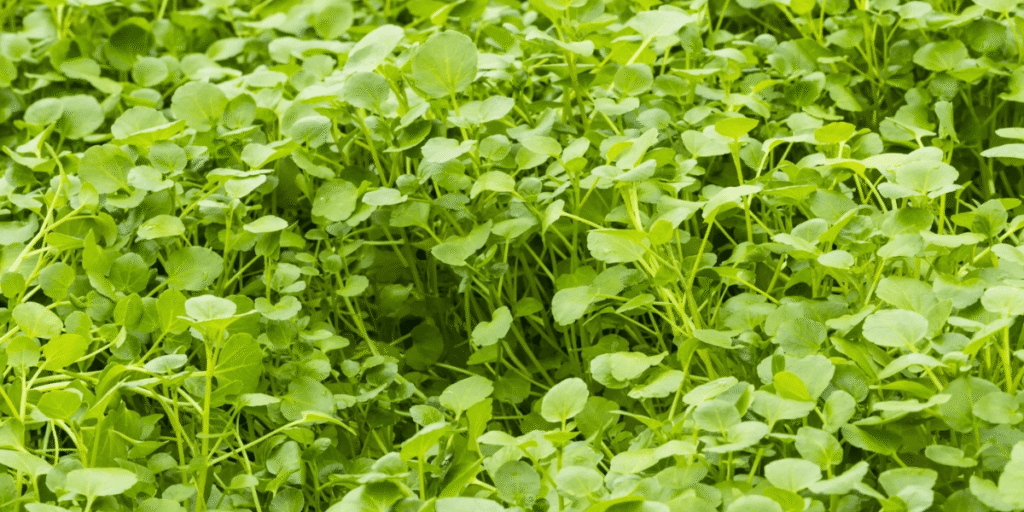
Why Hydroponic Herbs Are Perfect for Indoor Gardening Beginners
Hydroponic herbs are a great choice for beginners for several simple reasons.
Fast-growing and rewarding: Herbs grow quickly in hydroponic systems, so you can see noticeable changes almost every day. Watching your plants thrive under your care gives a wonderful sense of accomplishment.
Hardy and easy to care for: Most herbs are resilient and can handle minor changes in their environment or nutrient solution. Even if you occasionally forget to check on them, they usually continue to grow well, making them ideal for busy people.
Versatile and practical: The herbs you grow can be used directly in cooking, teas, or as garnishes. They not only enhance your meals but also brighten up your space, ensuring nothing goes to waste.
Clean and low-maintenance: Without soil, there’s little worry about pests or weeds. Managing hydroponic herbs is simple, letting you focus on enjoying the planting experience.
If you’re interested in exploring more beginner-friendly hydroponic options beyond herbs, check out our guide on The Best Hydroponic Plants for Beginners.
Common Issues and Solutions in Hydroponic Herb Growth
| Issue | Possible Cause | Solution |
|---|---|---|
| Yellowing leaves | Nitrogen or iron deficiency, or pH imbalance causing nutrient lockout | Check and adjust pH to the recommended range and ensure EC is within normal levels |
| Leggy stems and sparse leaves | Insufficient light | Move grow lights closer to the plants or increase daily light duration |
| Brown or slimy roots | Root rot, usually caused by low oxygen in water or high water temperature | Ensure air pump is working properly, maintain adequate oxygen in the water, lower water temperature, and disinfect with a diluted hydrogen peroxide solution |
| Can different herbs be grown together? | Differences in pH and nutrient needs | Grow herbs with similar pH and EC requirements together, such as basil, thyme, and rosemary. Fast-growing herbs like mint are best grown separately |
Getting Started with Hydroponic Herb Gardening
Hydroponic herbs are an excellent choice for beginners exploring indoor gardening. Imagine picking a handful of fragrant basil or mint each day and adding it straight to salads, pasta, or tea. Growing and enjoying your own herbs provides a hands-on experience and satisfaction that store-bought herbs simply cannot match.
By learning basic care techniques such as proper pruning, timely harvesting, and managing light and nutrient solution levels, you can watch your herbs thrive and grow lush and healthy. Each harvest brings a rewarding sense of accomplishment. As you gain confidence, you may even try growing different herbs together, creating a vibrant indoor herb garden that adds life and greenery to your kitchen or living space.
Above all, hydroponics is convenient and clean, offering a chance to slow down and reconnect with nature, even in a busy lifestyle. Start today by choosing your favorite herbs, pairing them with a suitable hydroponic system and nutrient solution, and enjoy the cultivation process. You’ll be pleasantly surprised at how easy it is to grow fresh, flavorful, and aromatic herbs right at home.
Practical Tips to Master Indoor Hydroponic Herb Cultivation
Growing hydroponic herbs is easier than you think. With a few key tips, you can help your plants grow healthy and strong.
Whether you are new to hydroponics or looking to improve your skills, we are happy to help! Got questions or ideas? Feel free to email us at info@greenfuturehydro.com or call +86 13487543942. Greenfuturehydro is your trusted partner for starting a fresh, green lifestyle.
Ready to create your own indoor herb garden? Don’t forget to explore our range of hydroponic products designed to make growing easy and fun. Visit our products page to find the perfect setup for you.
Follow us on Instagram @Greenfuturehydro for more growing tips and inspiration. Join our community of plant lovers, share your hydroponic journey, and help spread the joy of living green.
